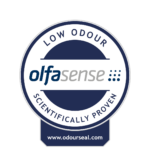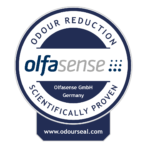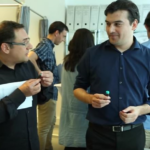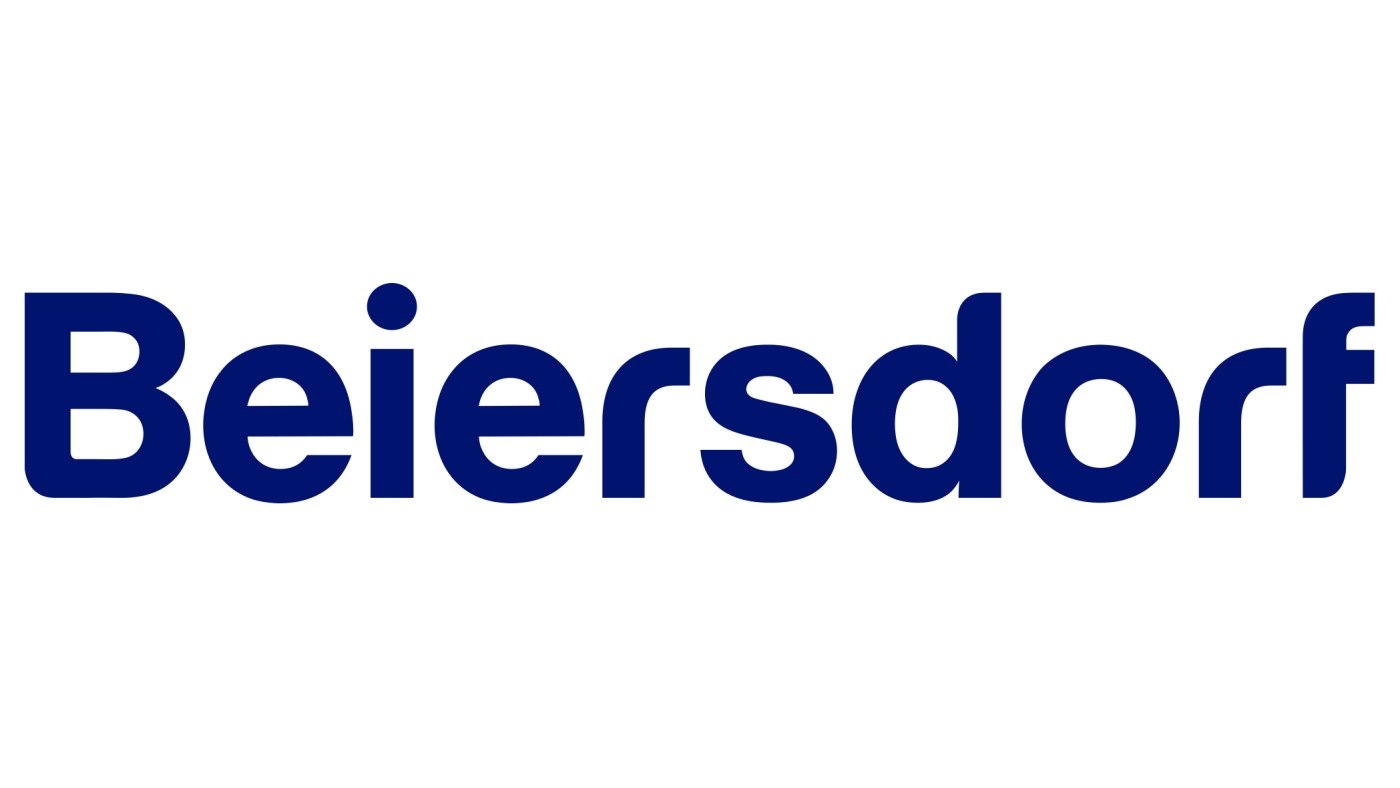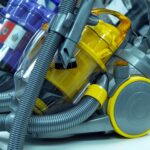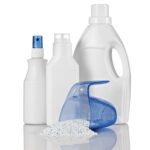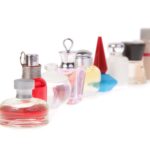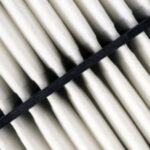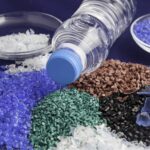Odour testing for product & material optimisation
In our ISO 17025 accredited odour laboratories, we measure the odour of your products and materials. Our extensive odour analyses and evaluations help you to recognise the odour performance of your product. And to have unique or particular odour properties of your products and materials confirmed by an independent party. Our odour testing services support you in the following ways:
- in the development of products in such a way that the desired odour performance is achieved or enhanced
- in scientifically substantiating the product statements of your marketing claim
- ensuring the quality of your products in the long term


The 4 steps of odour measurement and VOC emission testing
Trust the best noses and the best instrumental techniques – worldwide and across all industries
Olfasense is the world’s largest specialist in odour measurement and VOC emission testing for products and materials. Our expertise: More than 6500 projects in over 65 countries in all odour-related industries. Our claim: Valid and reproducible measurement results through an exact selection of odour panels, techniques, and methodologies, as well as specific training and the monitoring of precise data.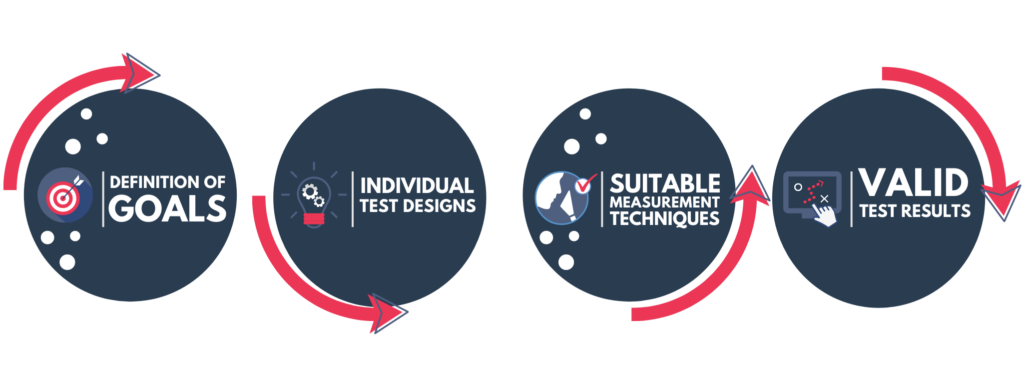
1. Definition of goals
Together with you, we clarify your question related to odour evaluation and VOC emission testing. We will also define your needs and goals.
2. Individual test designs for sampling
In order to perform the tests as realistically as possible, we combine standardised human sensory measurement methods and individualised sampling strategies in a goal-oriented manner. This way we achieve the best possible results.
3. Standardised measurement methods or analyses
Our odour analysis services help you to determine the human sensory or molecular properties of your products and materials. We identify and document desired and undesired odours, off-odours, and the efficiency of odour reduction. To complement our service portfolio, we perform individual or standardized VOC emission tests to identify the volatile organic compounds emitted by your products and materials.
4. Valid results and recommendations for action
You will receive a full odour evaluation and/or VOC emission test report. You will be able to adapt recipes, manufacturing processes, and the selection of your suppliers. This enables you to develop better products, ready for the market.
Sensory and molecular testing capabilities
Human sensory laboratory
We provide a state-of-the-art odour sensory laboratory for all questions related to human odour perception. All services are delivered by more than 35 highly experienced professionals with a permanent dedicated team of 50 panel members that are trained and carefully selected according to various standards such as EN 13725 and ISO 16000-28 among others, as well as 4 highly qualified sniffers for odour characters. By applying accurate statistical analysis, we will answer your odour-related question.
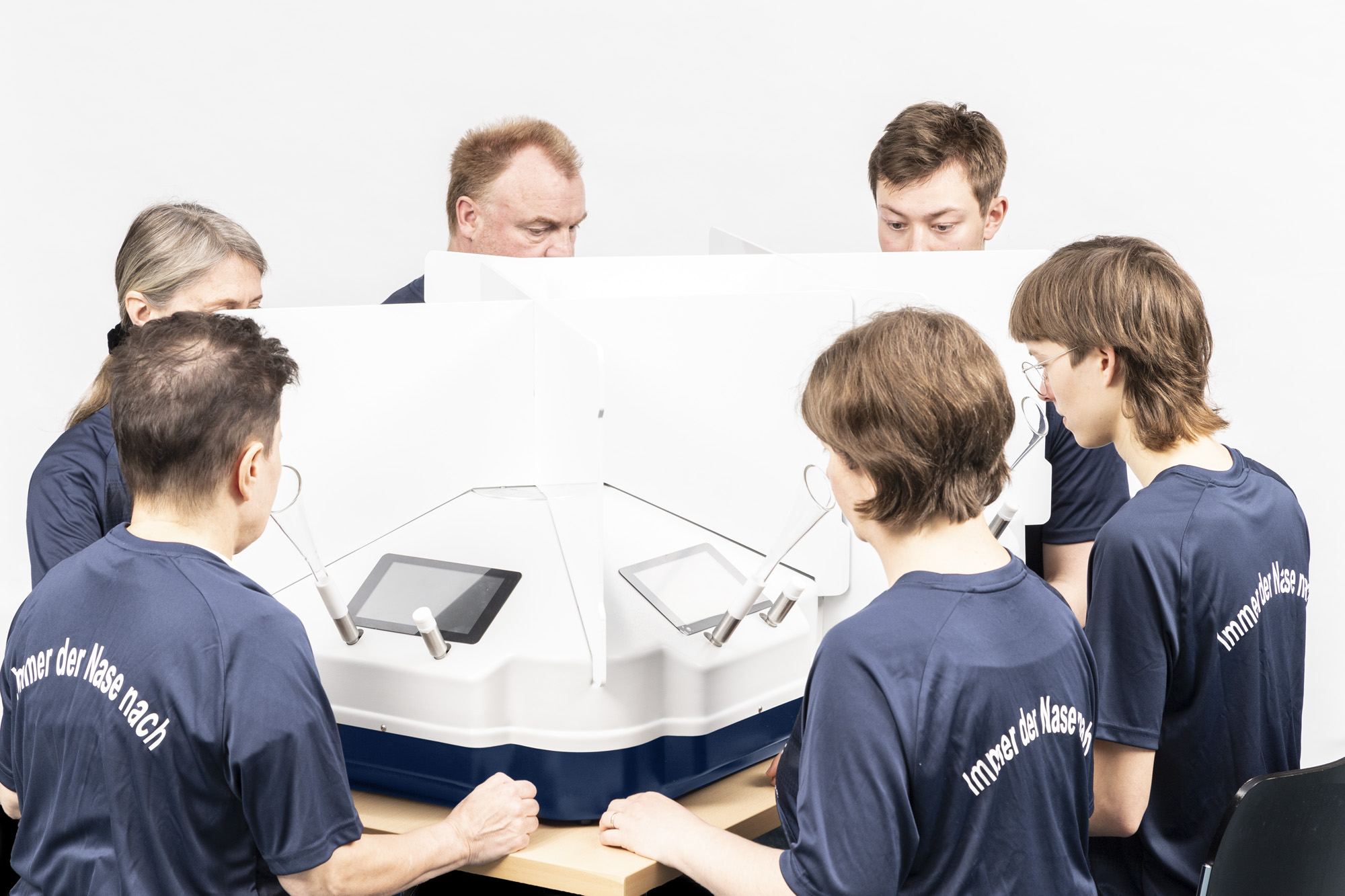
Chemical identification of odours & VOCs
Our molecular evaluation services enable you to understand the chemical nature of the volatile emissions and odours of your product or material. Using cutting-edge technology (GC-MS, GC-Sniffing, GC-IMS), Olfasense enables the individual identification and quantification of the molecules that contribute to the emission or the perceived odour.
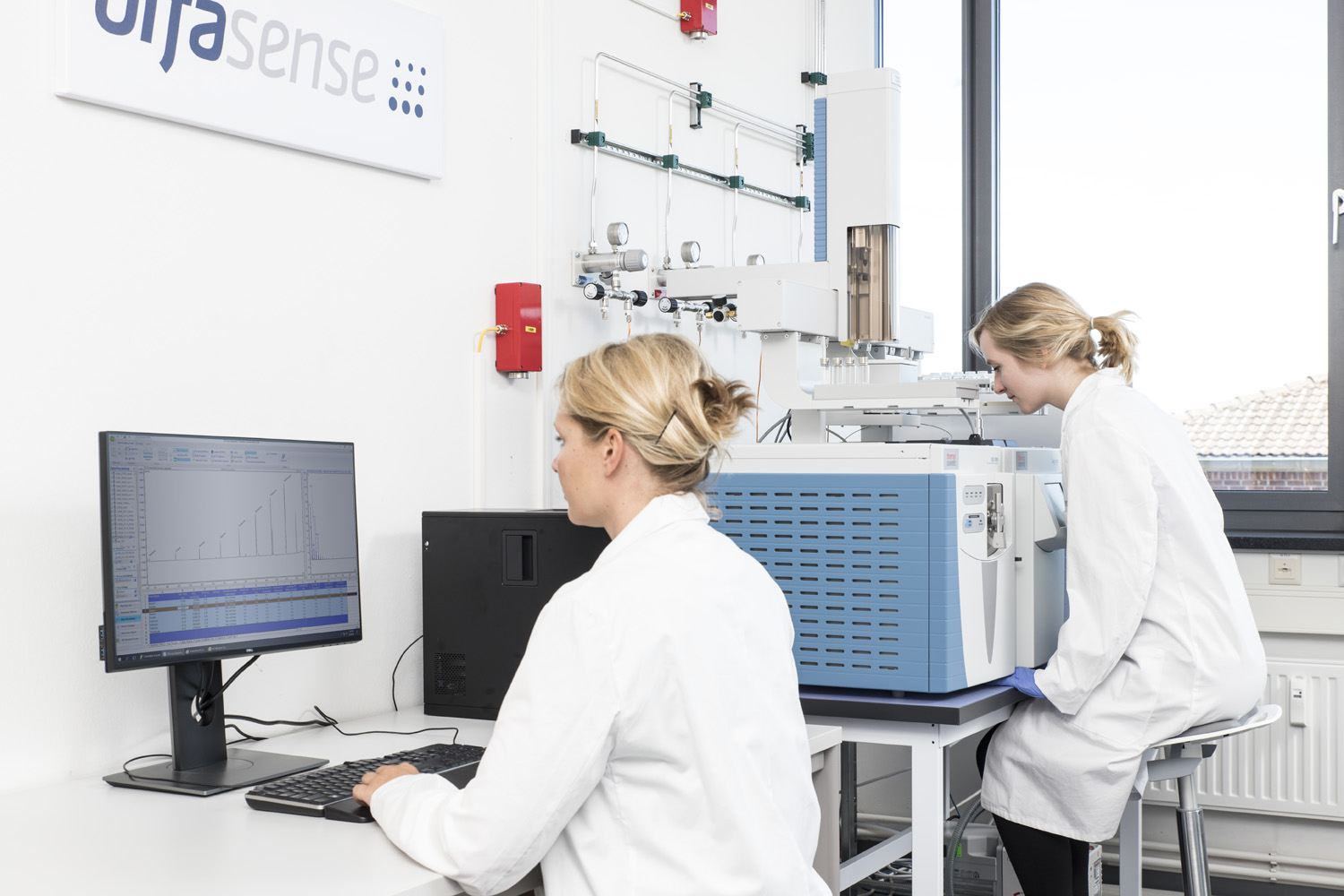
Demonstrate the olfactory performance of your products
Your direct path to our supplementary services
Client feedback

Target sectors
FAQs - Frequently asked questions about odour testing
How can odours be measured?
Specially trained human noses, so-called odour panellists, are used to reliably measure the perception of odours. Depending on the standard or guideline applied, these odour panellists must meet certain requirements. For example, if you want to measure the odour concentration in accordance with EN 13725, each of the assessors on the odour panel must have an average odour sensitivity for the reference odour substance n-butanol. In this example, the odour assessors must not react too sensitively or insensitively to n-butanol. This way, we guarantee results with the help of an odour panel that is representative of the population.
Are there any instruments to measure odours?
To this day, the human nose is more sensitive to some odour substances than any machine. Nevertheless, there are some laboratory instruments that can be used to identify and quantify specific chemical compounds that trigger odour perception. The most powerful methods such as GC-Sniffing-MS combine the information obtained with the help of a chemical sensor with the olfactory assessment by a human nose.
Which odour measurement method is right for me?
The right odour measurement method depends on the purpose of your assay. If you want to assess the perception of odours by humans in terms of acceptance, hedonic tone, intensity or odour character, human odour panellists are required. However, if you want to dive into the chemical composition of a certain odour, for example, to determine the cause of an unwanted odour, a chemical odour analysis can provide the desired results.
Which parameters are most frequently examined in odour testing?
The parameters depend on the odour-related question. Human sensory methods for odour measurement include, among others the parameters of odour intensity, odour character, hedonic tone (odour pleasantness) and odour concentration. Molecular odour measurement techniques, such as GC-MS and FID measurements, are often used to gain insight into the chemical composition of an odour. For the identification of malodours, these sensory and chemical measurements are often combined, e.g. in a GC sniffing odour measurement.
How does my product smell compared to my competitors' products?
Odour comparisons between products can be carried out using a variety of parameters. Most often, the odour concentration, odour intensity and hedonic tone, i.e. the question of how pleasant or unpleasant an odour is perceived, are examined. If you want to identify the differences in the molecular composition of certain odours, a chemical odour analysis is useful.
Can you help me to carry out my own odour analyses for our products?
Yes. We have been supporting our clients in setting up their own internal odour laboratories since 1996. Our Olfasense full-service package offers you everything you need to equip a professional odour laboratory – from training the odour assessors to the necessary equipment for odour analyses.

